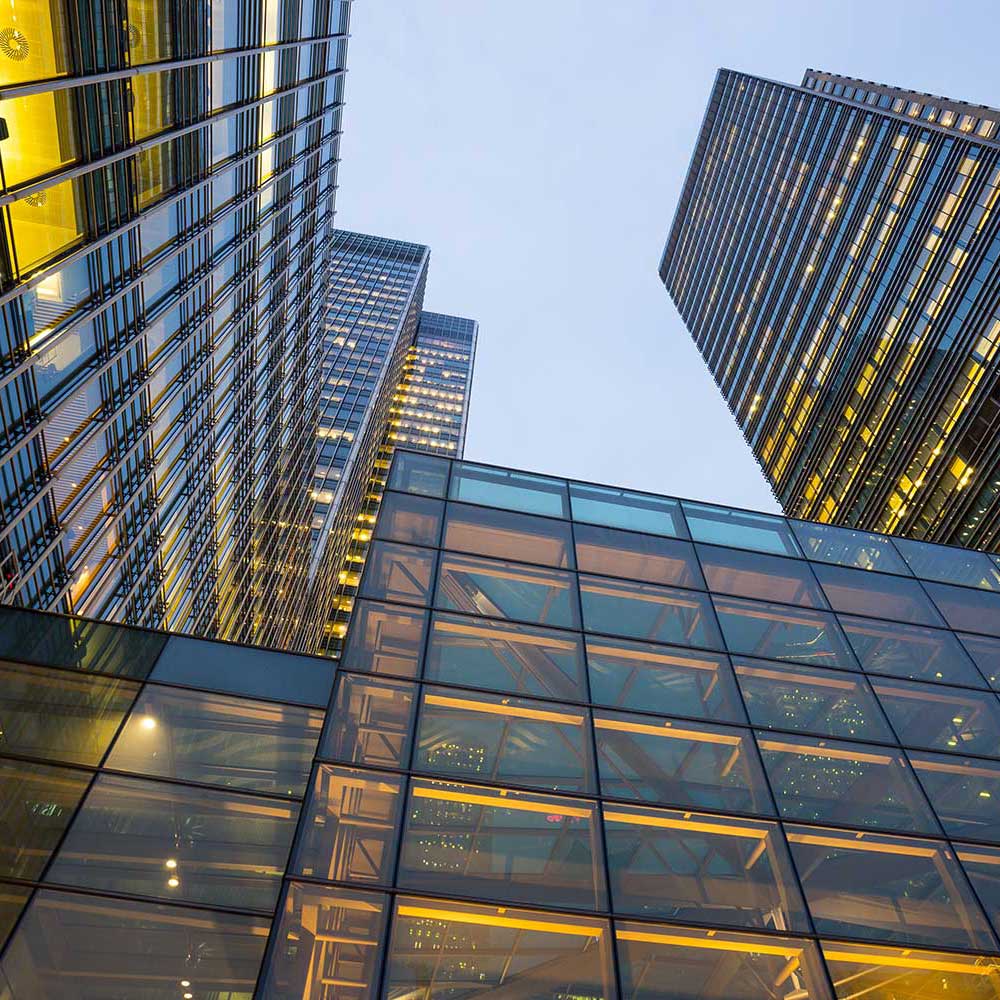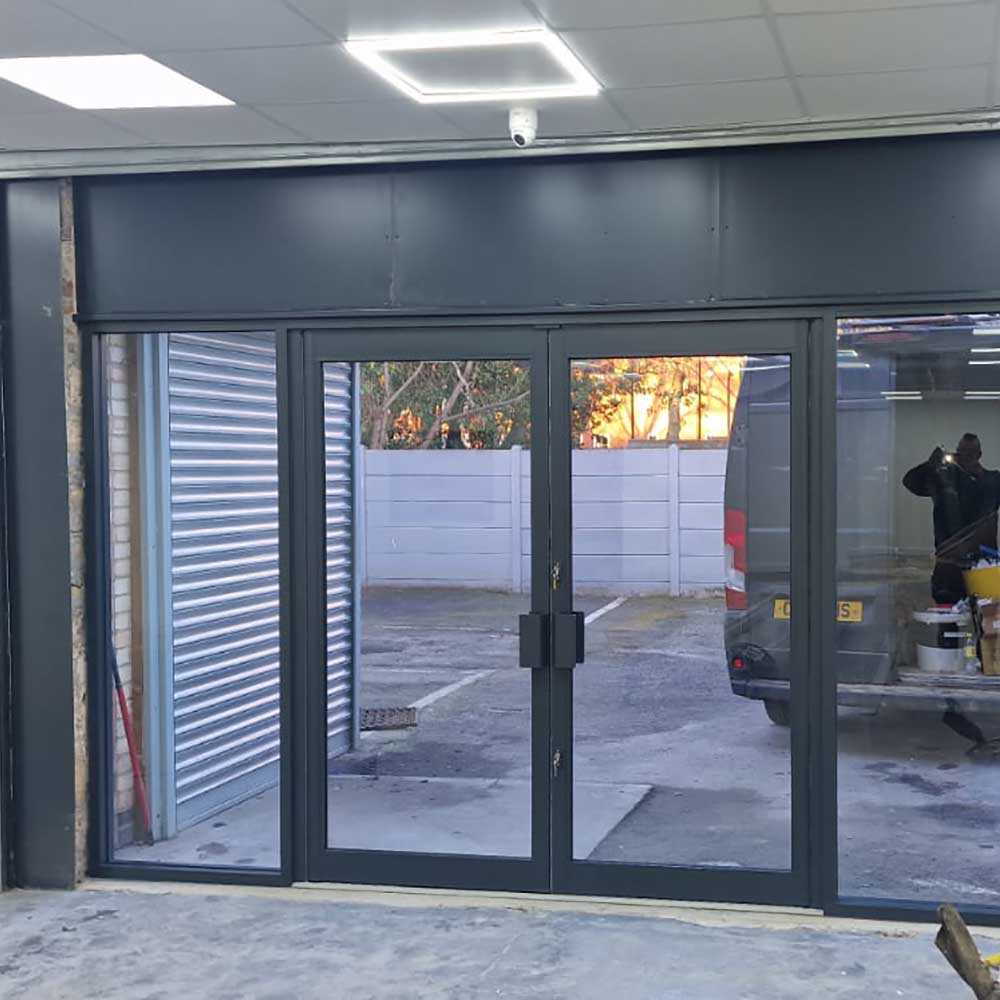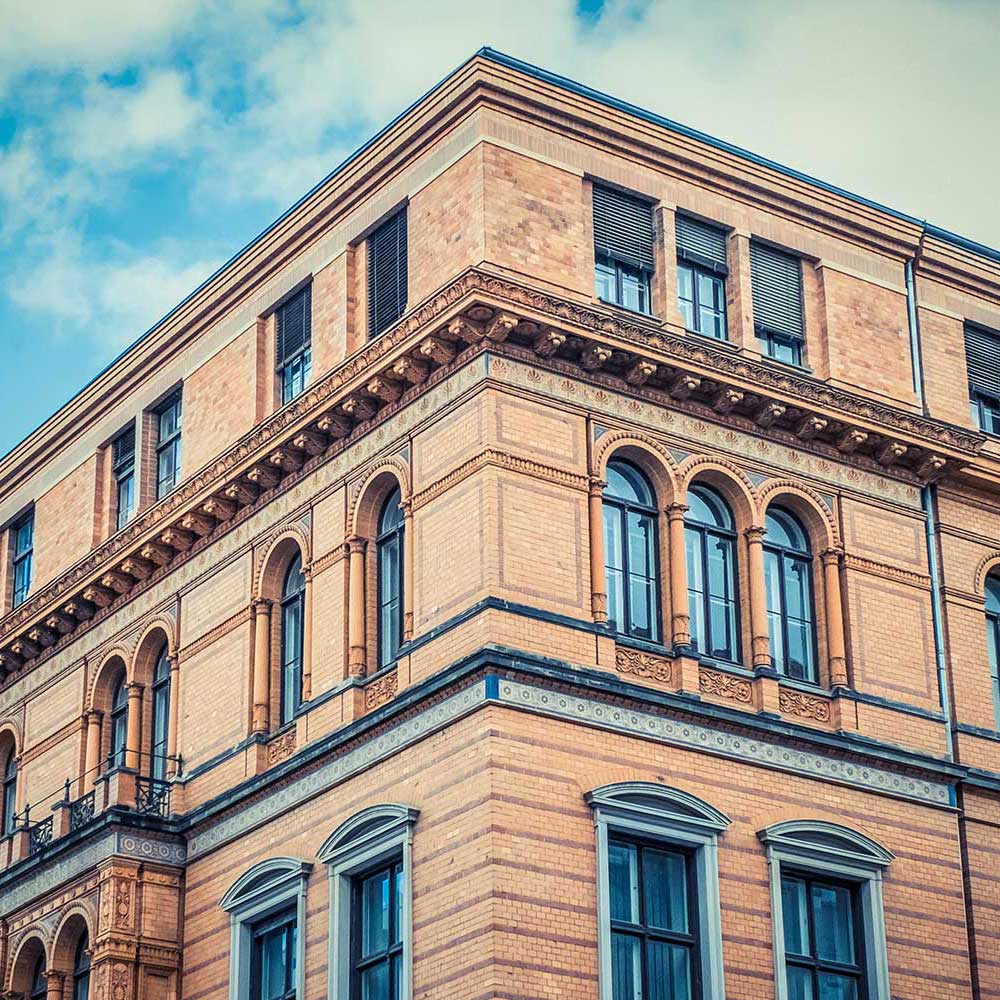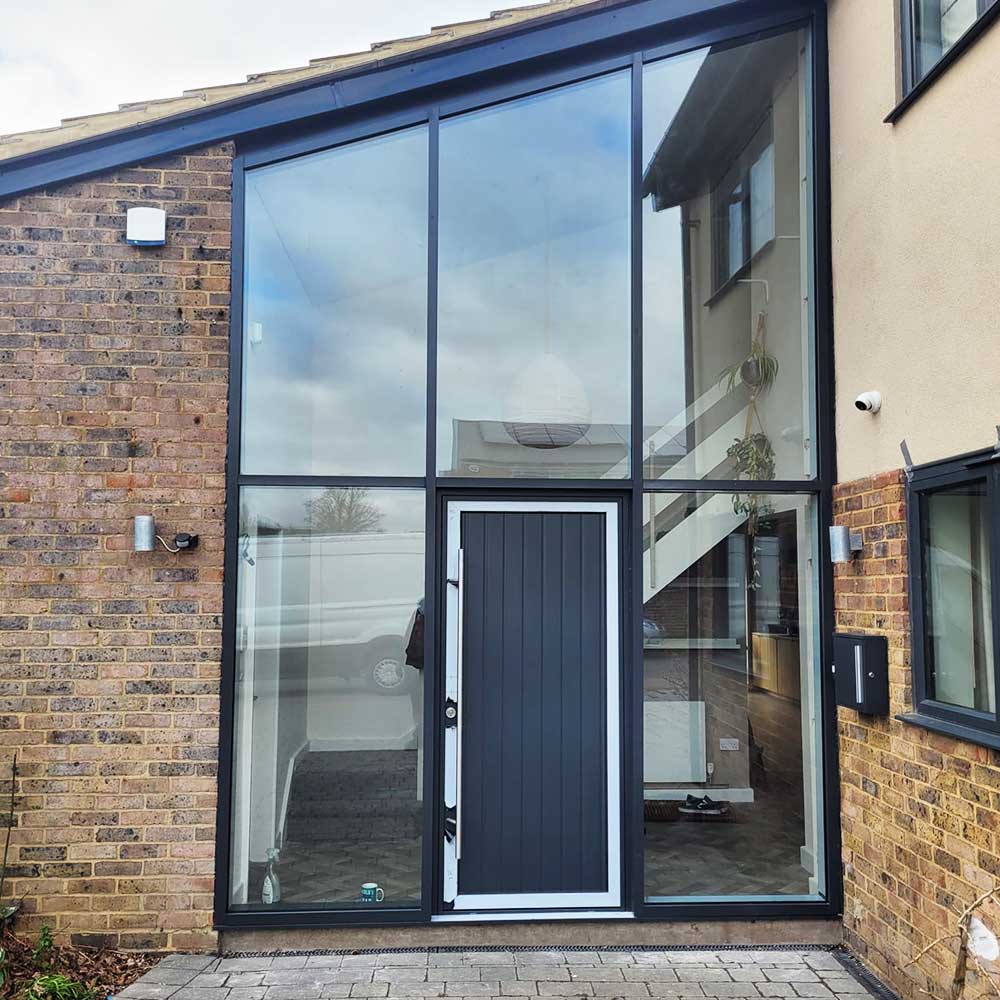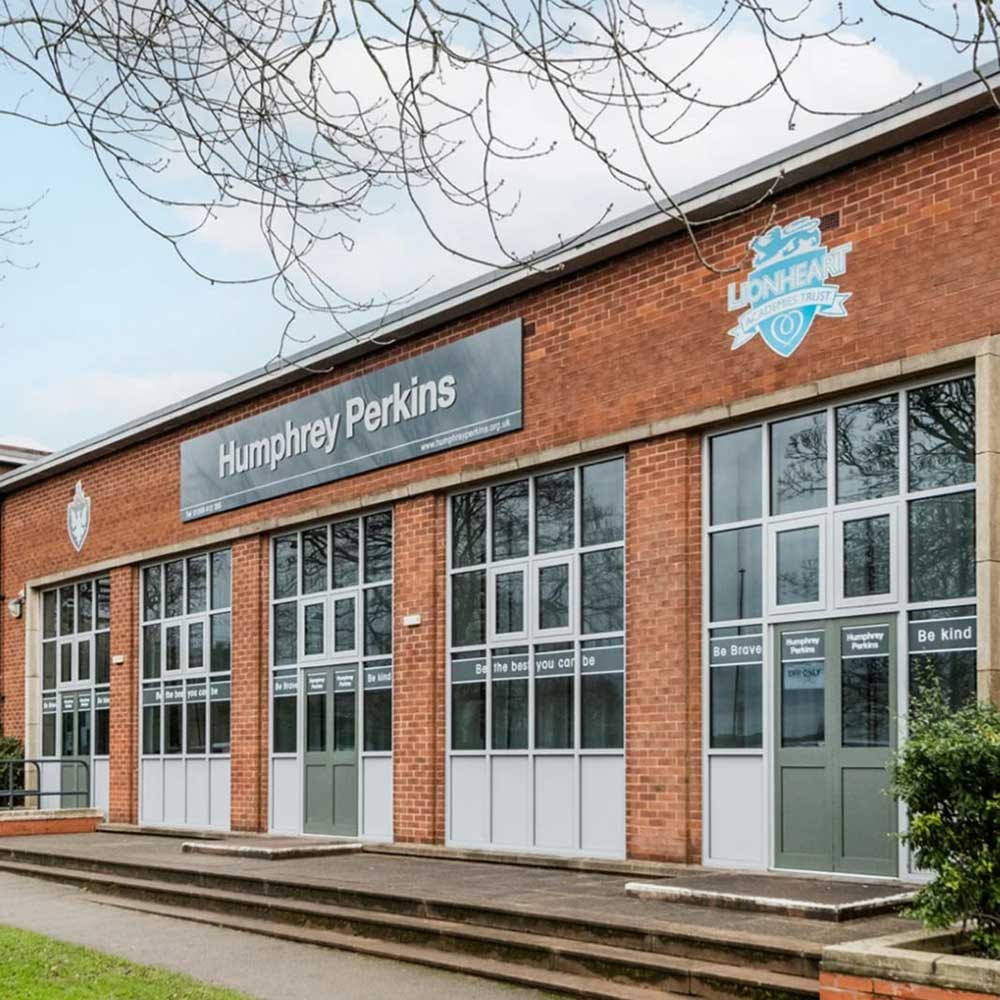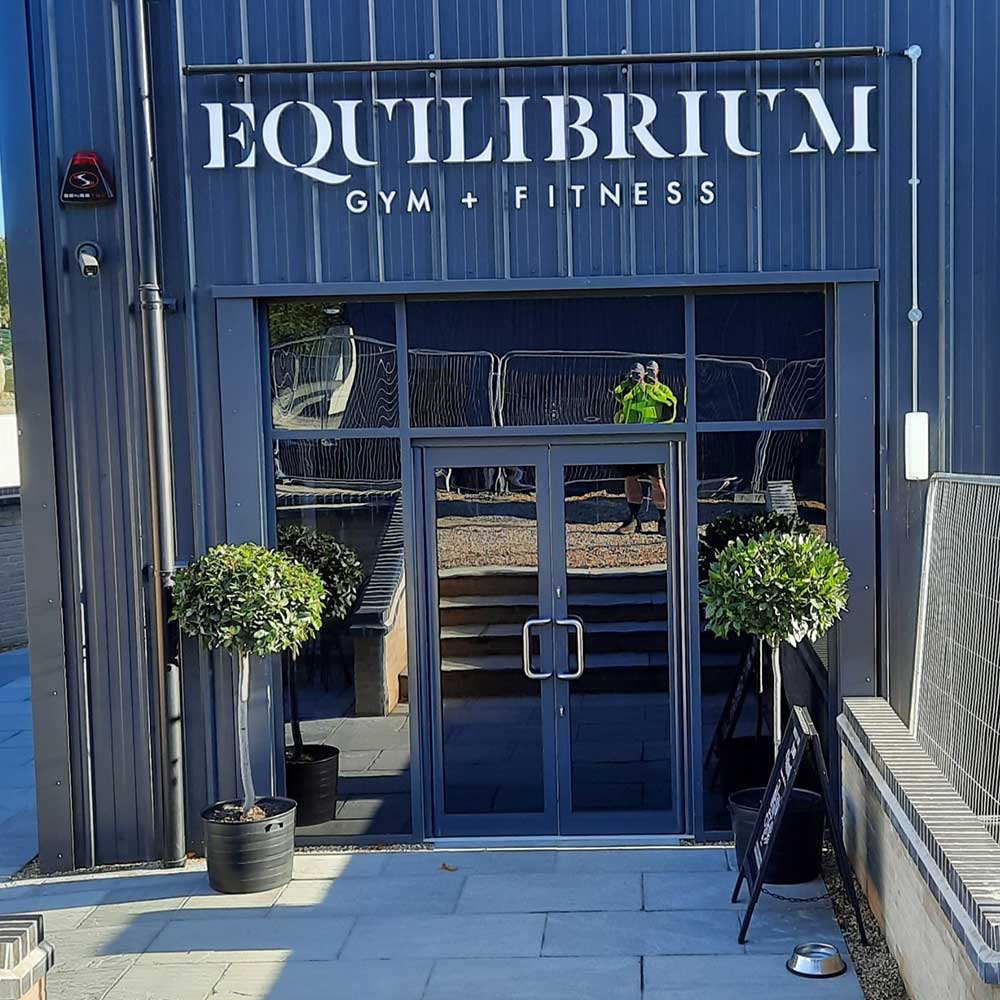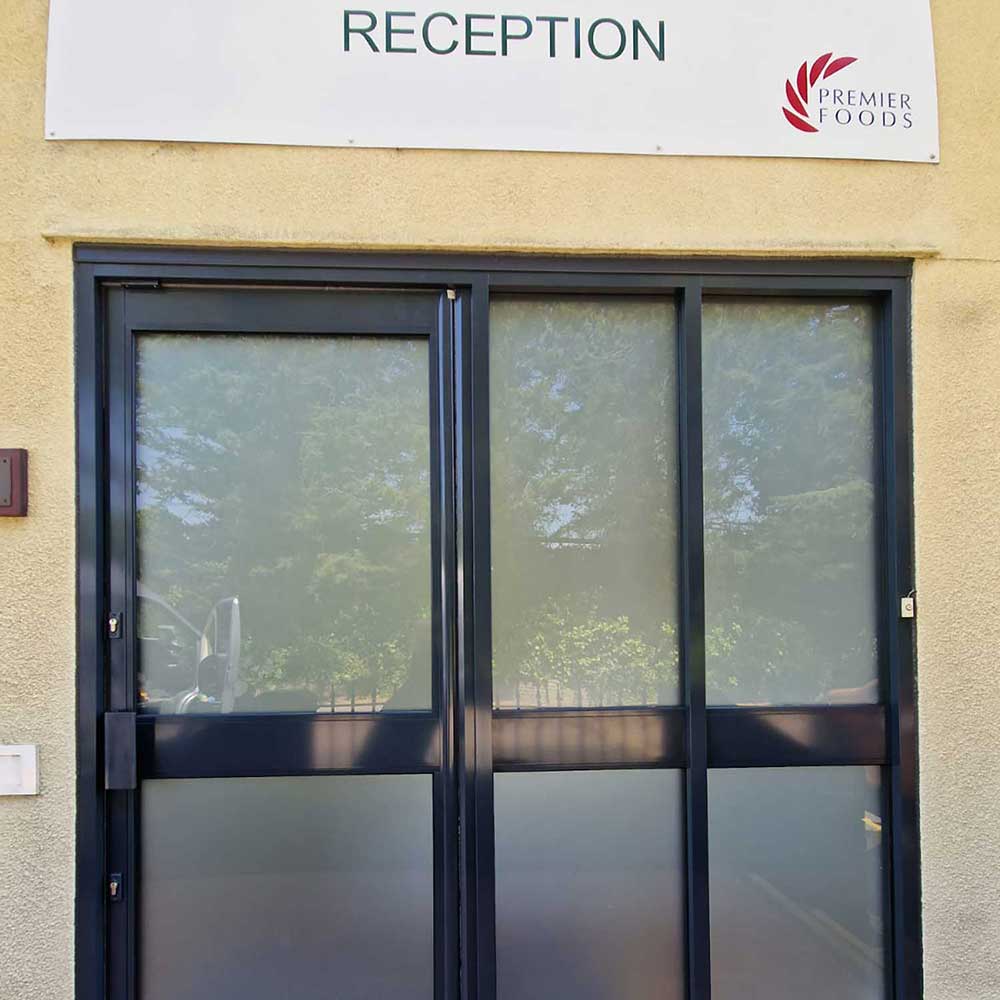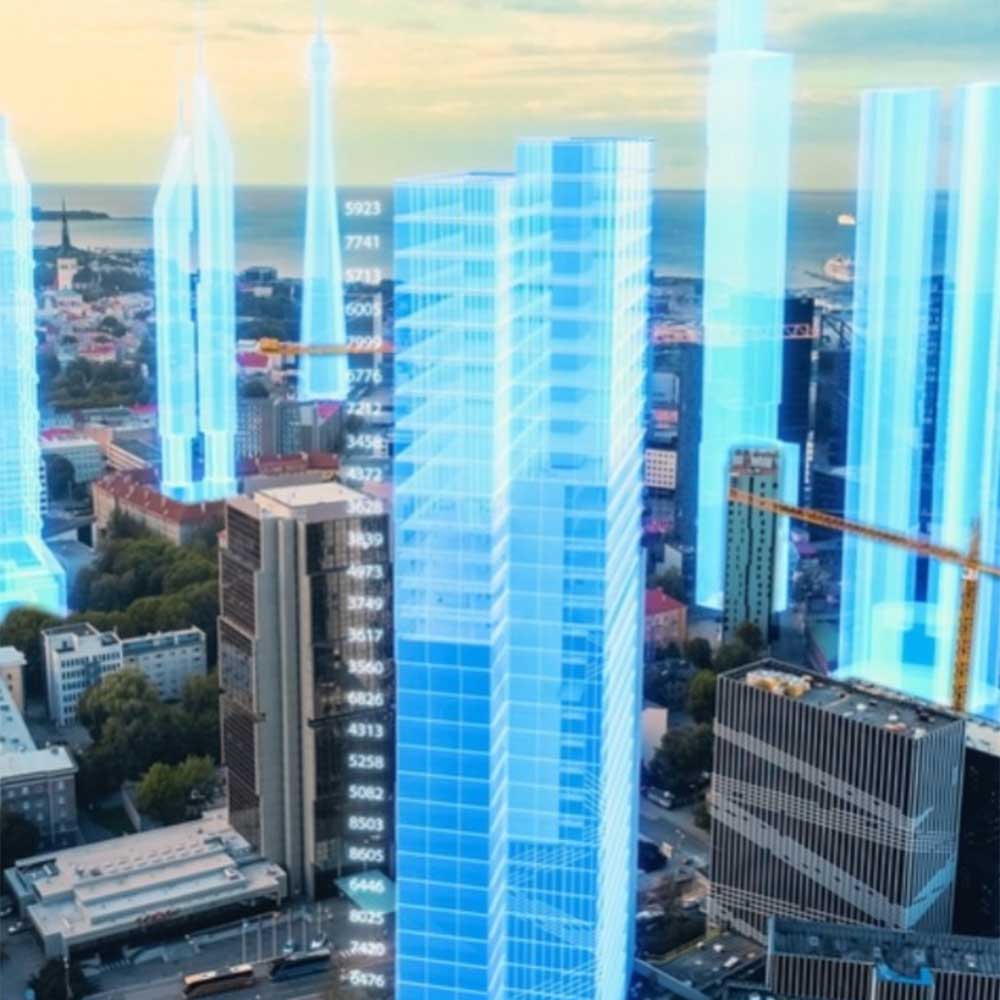Digital Digest – Issue 2:
Sustainable Materials in Façade Design: Innovations and Applications
In a world increasingly focused on sustainability, imagine a façade that tells a story of resourcefulness and environmental stewardship. The second issue of Digital Digest explores how the materials we use for façades are undergoing a revolution, where reclaimed, bio-based, and high-performance materials are not only meeting the aesthetic needs of modern architecture but also helping the planet heal. From repurposed metals and plastics to natural insulators like hempcrete and bamboo, this issue highlights how the façade industry is turning waste into beauty and creating designs that contribute to a greener, more sustainable future.
Recycled and Upcycled Materials
Sustainability in façade design often begins with the materials used. Recycled and upcycled materials are at the forefront of this movement, helping to reduce construction waste while minimizing the demand for virgin resources. Materials such as reclaimed glass, metal, and plastics are increasingly being integrated into façade systems. For instance, glass panels made from recycled materials can be used for façades without compromising on quality or performance. Similarly, upcycled metals are often used for cladding, providing durability and aesthetic appeal while lowering the carbon footprint of the construction process. By incorporating these materials, buildings can reduce waste, promote the circular economy, and contribute to sustainable building practices without sacrificing design flexibility.
Bio-Based Materials
Bio-based materials, such as hempcrete, bamboo composites, and cork, are gaining traction for their environmentally friendly properties. These materials are made from renewable sources and are often biodegradable, reducing their long-term environmental impact. Hempcrete, for example, is a natural insulating material that not only provides excellent thermal insulation but also sequesters carbon, making it a sustainable choice for façade applications. Bamboo composites, on the other hand, are highly durable and versatile, and bamboo itself is known for its fast growth and low environmental footprint. These materials provide a unique opportunity to combine sustainability with performance, offering effective insulation and contributing to a building’s overall carbon neutrality.
High-Performance Insulation
One of the most critical aspects of sustainable façade design is thermal insulation. Advances in insulation technology are helping to dramatically improve the energy efficiency of buildings, reduce heating and cooling costs, and minimize overall energy consumption. High-performance insulation materials such as aerogels, cellulose, and vacuum insulation panels offer significantly better thermal resistance compared to traditional materials. These advanced insulation options are particularly useful in high-performance façades, where energy efficiency is a primary concern. By using these materials, building designers can ensure that façades provide optimal insulation without compromising on aesthetics, while also contributing to the overall energy efficiency of the building.
Sustainable Facade Coatings and Finishes
Beyond the materials used for the core structure, façade coatings and finishes also play a critical role in enhancing the sustainability of a building. New developments in eco-friendly coatings, including low-VOC (volatile organic compound) paints and solar-reflective finishes, are improving both the longevity and environmental impact of façade systems. These coatings not only extend the lifespan of façade materials by protecting them from wear and degradation but also contribute to energy efficiency by reflecting solar radiation and reducing heat absorption. As the focus on sustainability grows, these types of finishes are becoming an integral part of the overall façade design, providing both functional and aesthetic benefits.
Sustainability is reshaping façade design, and this issue showcases how eco-conscious materials are setting new standards. From repurposed metals and plastics to renewable bio-based options like hemp Crete and bamboo, these materials offer both environmental and functional benefits. Coupled with breakthroughs in insulation and coatings, they enhance energy efficiency while reducing environmental impact. As the demand for greener solutions grows, these materials are not only enhancing the aesthetics of façades but also ensuring that buildings contribute to a more sustainable future.
